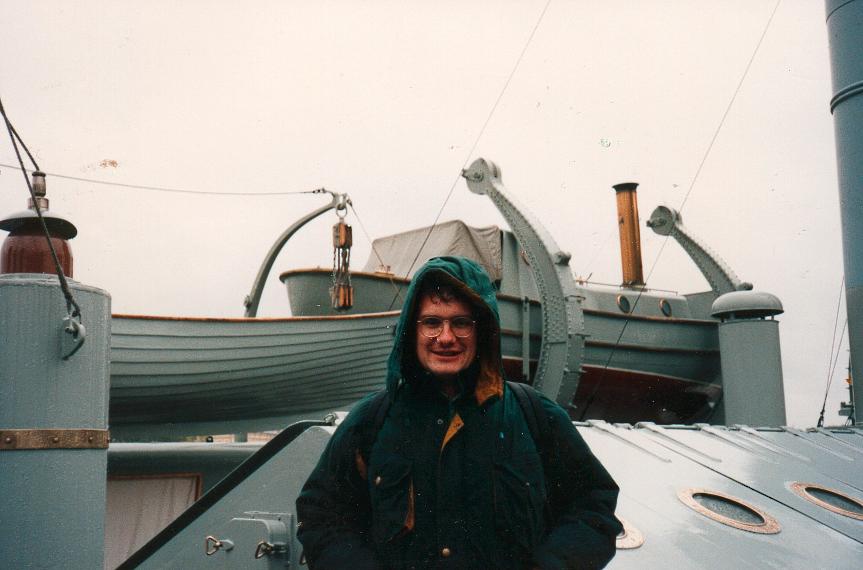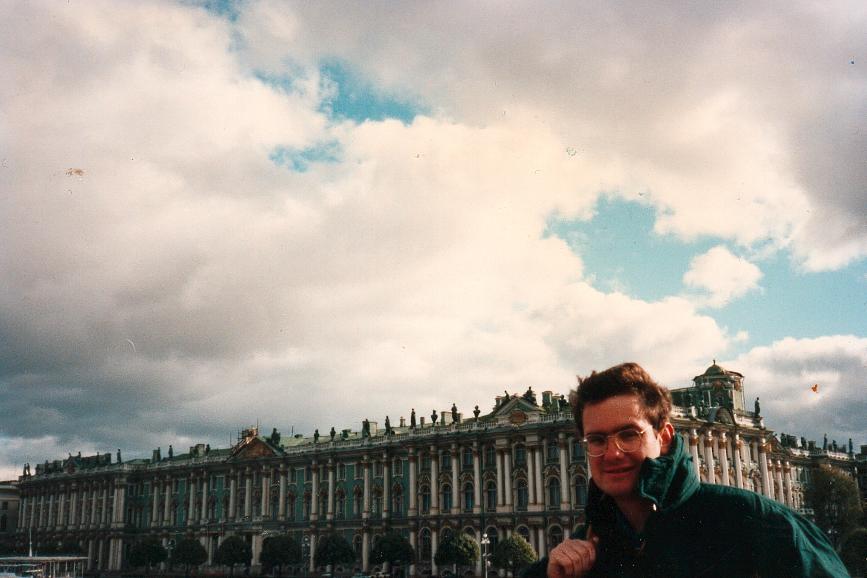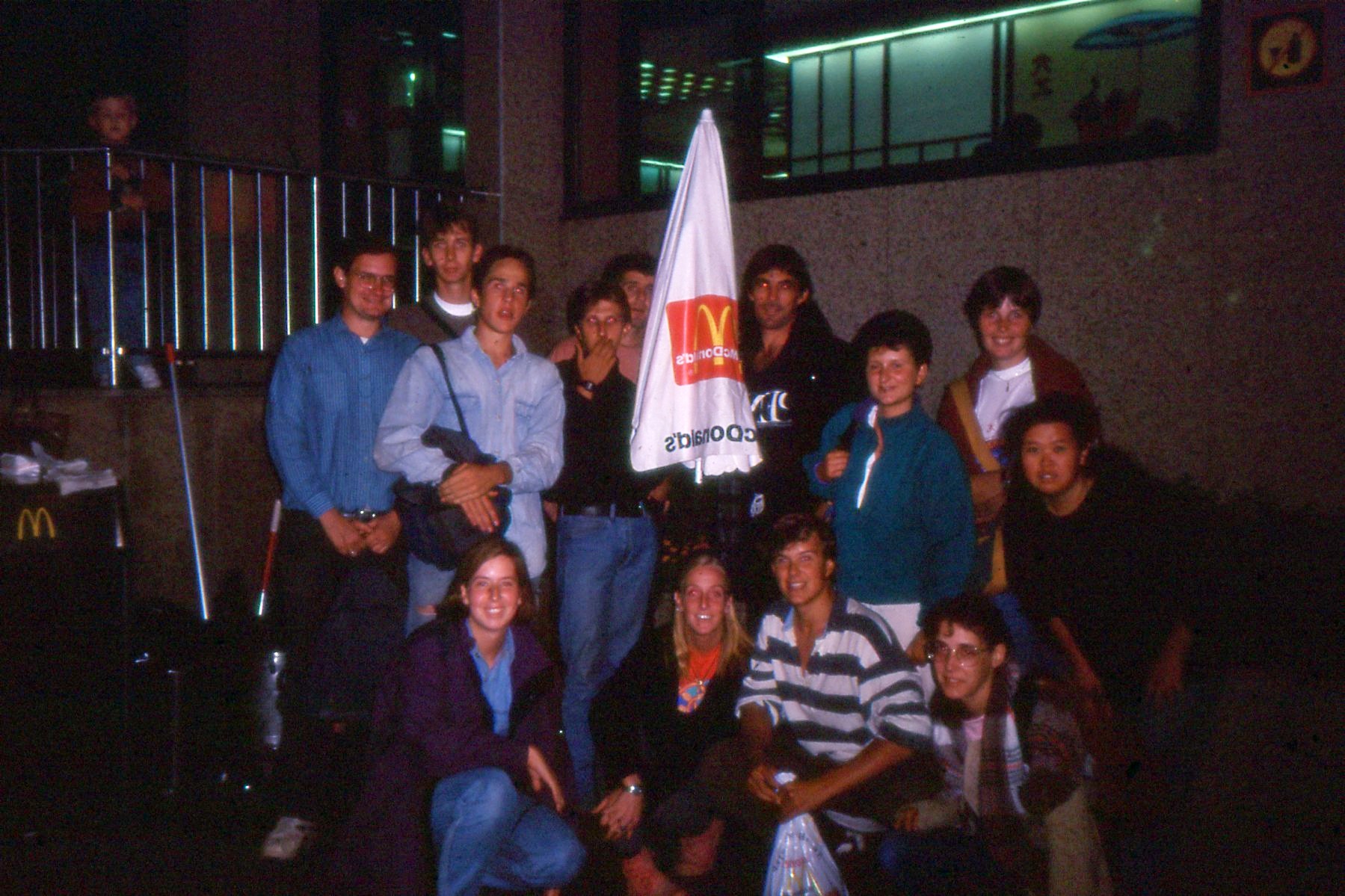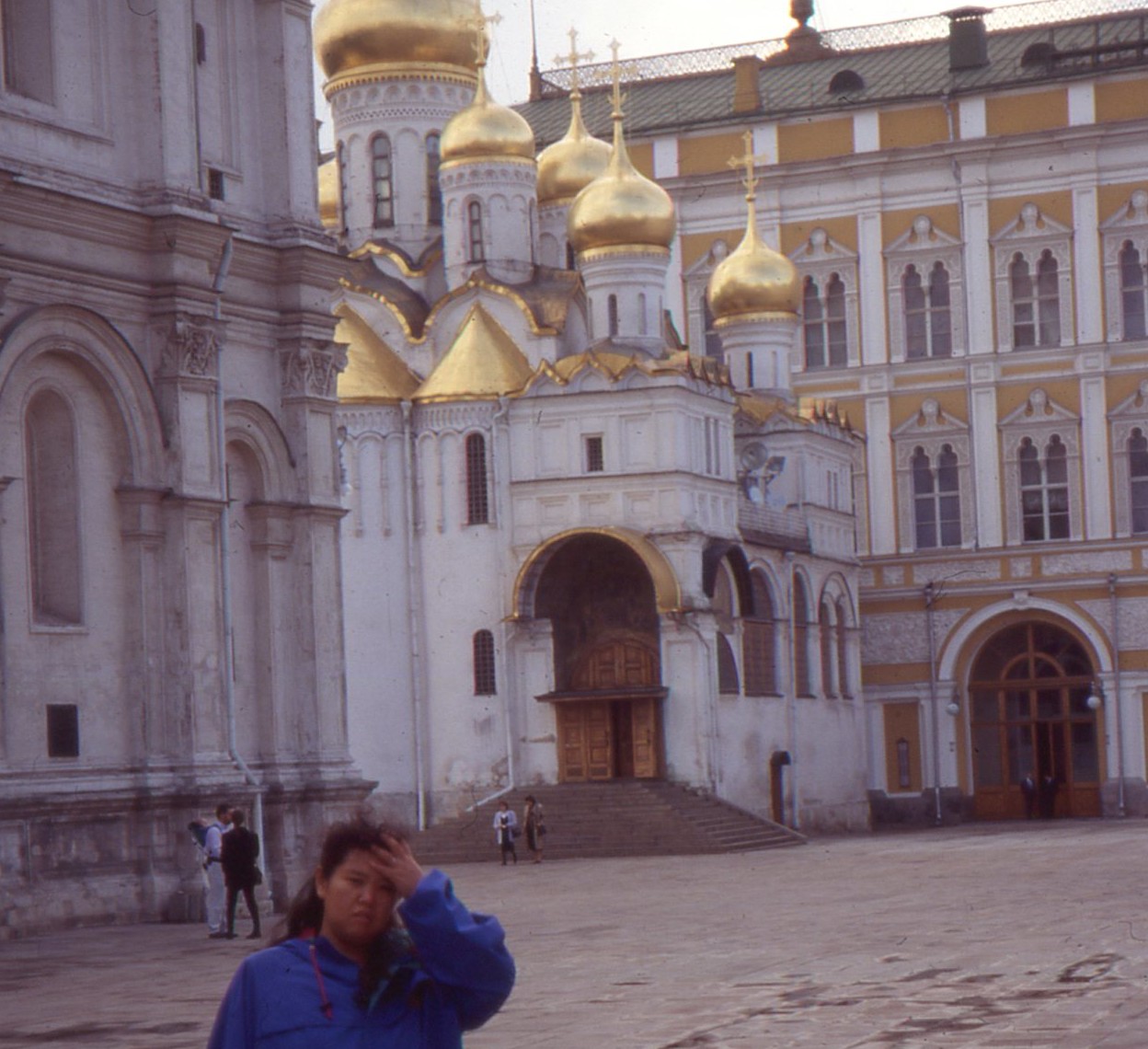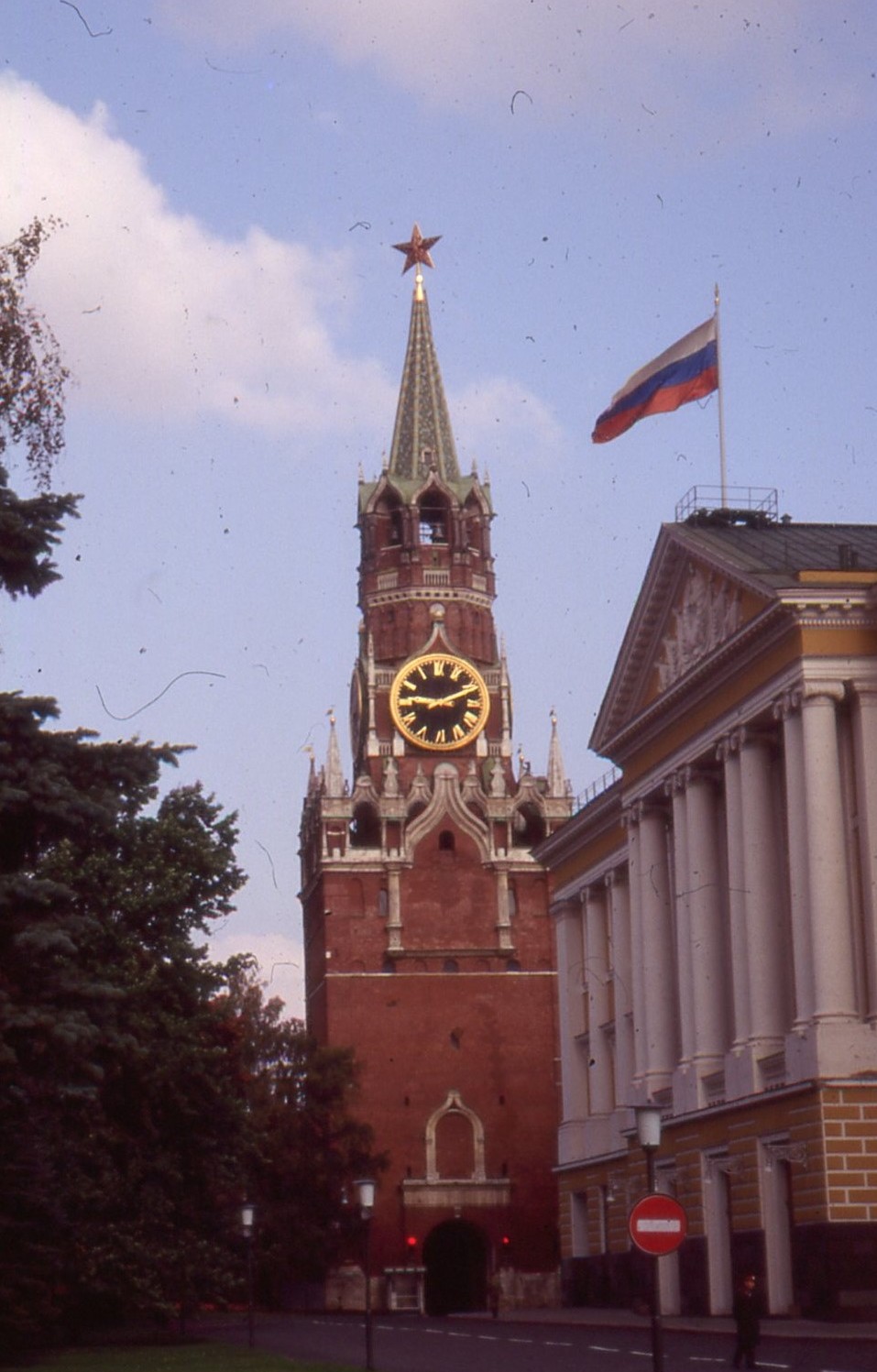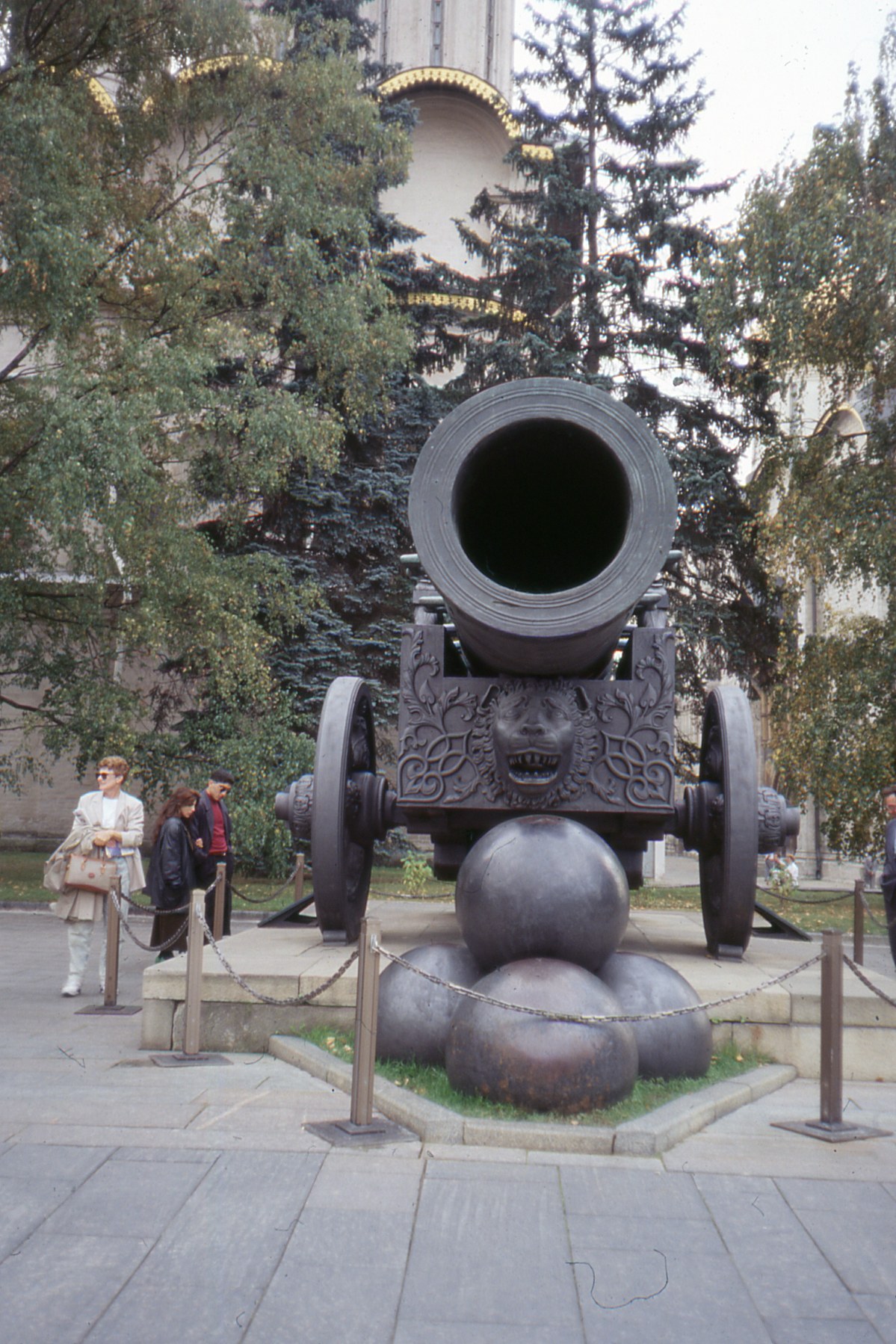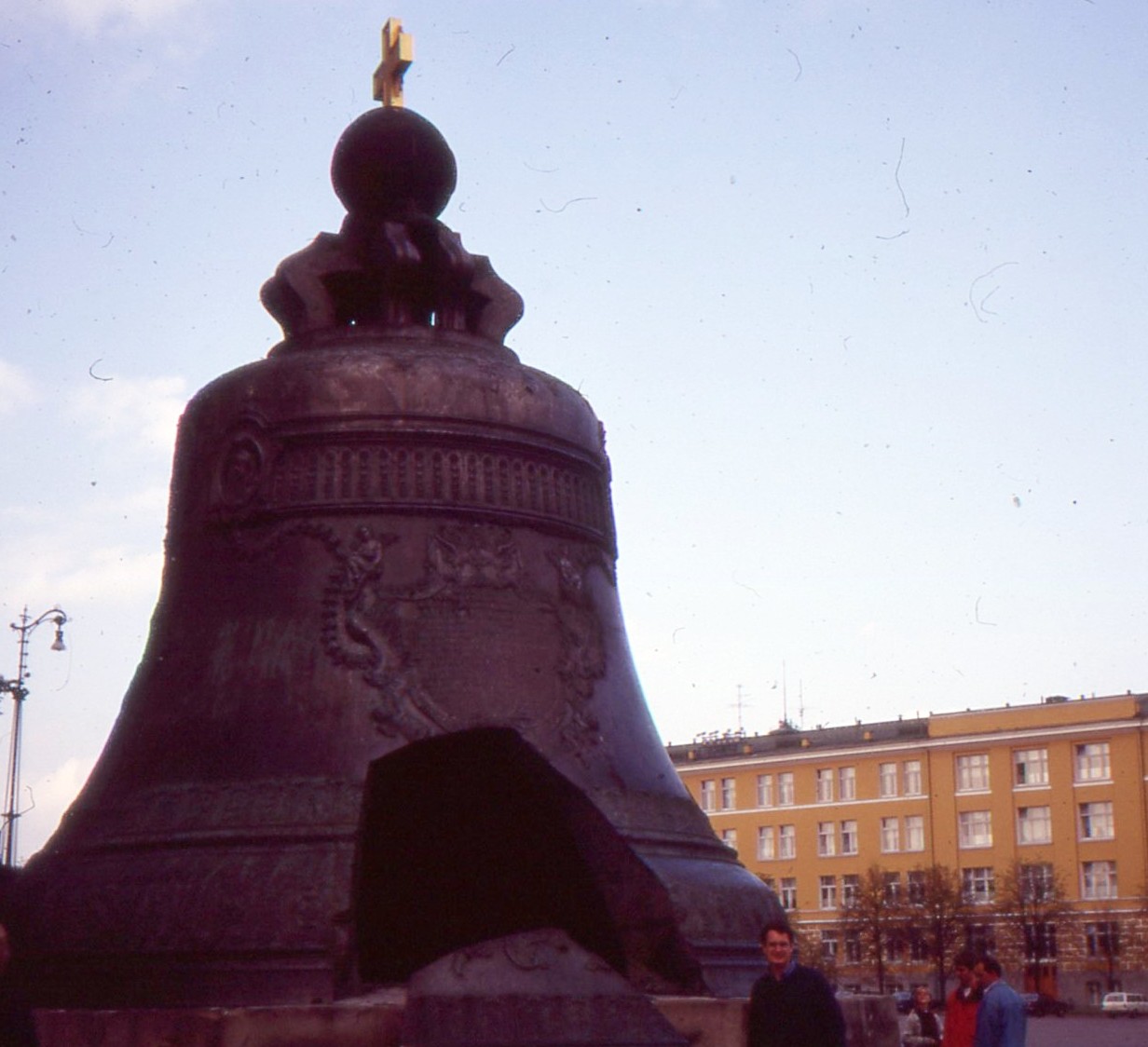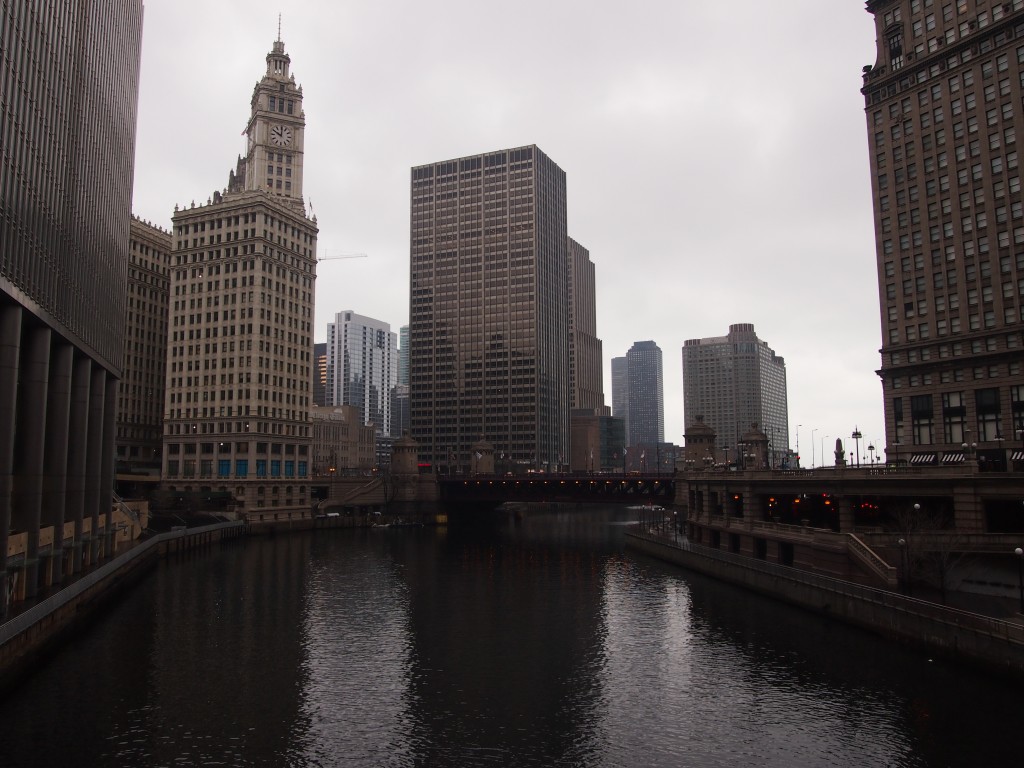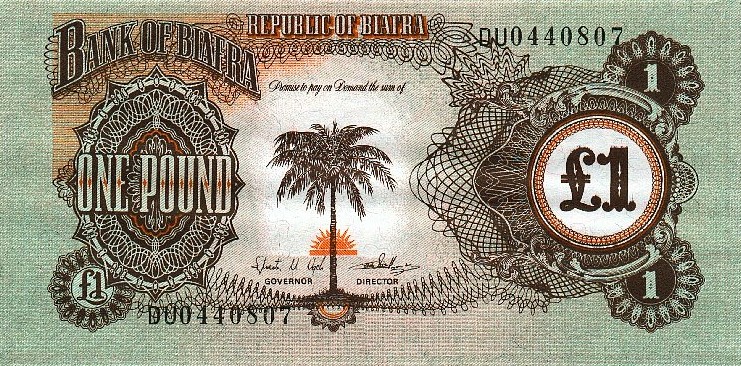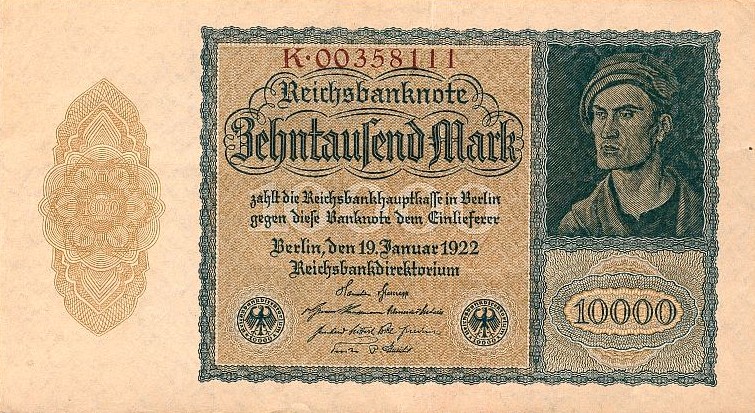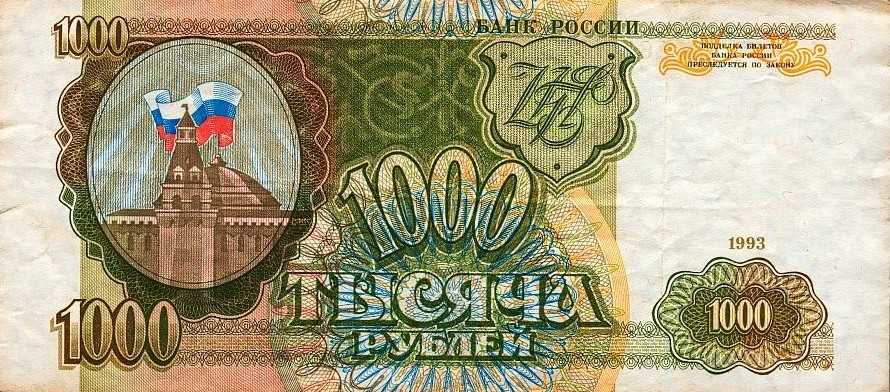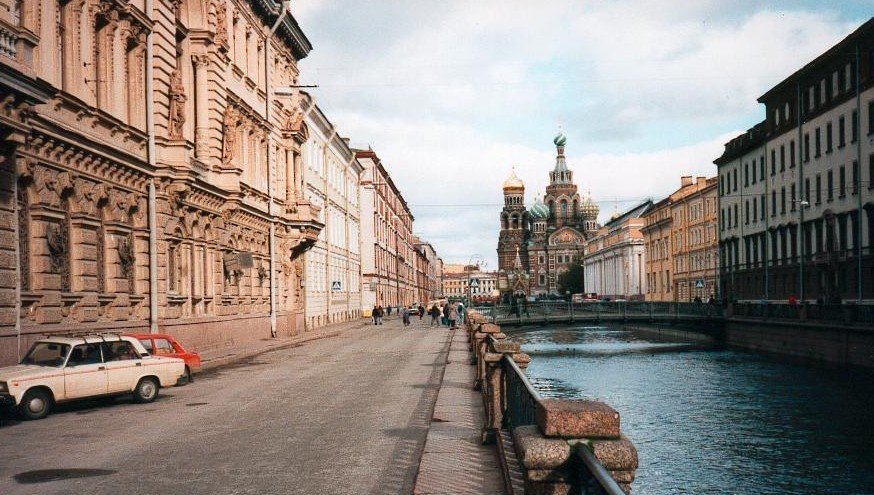Early in the morning on Thanksgiving, I dreamed about a TV sitcom, Rasputin in America, that I either was watching or had created. Considering that it was my dream, both are fitting. The Mad Monk, updated to the 21st century but with the same wild eyes and hair (but no beard, oddly), runs afoul of the authorities in Putin’s Russia and comes to America to live with relatives. Namely, Valerie Bertinelli. Hilarity ensues.
It was only a dream, but no worse than a lot of sitcom conceits. Ms. Bertinelli was either Rasputin’s aunt or his niece. The thing about her is that while the actress might be in her 50s now, she’s also always in her teens, at least in the sitcom universe.
I was also reminded of Ivan the Terrible. Not the tsar or the Eisenstein movie, but a TV show I expect almost no one remembers. It came to mind after the dream. I hadn’t thought of it in many years, but I did see it.
The show was a summertime replacement that didn’t catch on. Here’s part of the Wiki description of it: “Ivan the Terrible is an American sitcom that aired on CBS for five episodes during 1976… Set in Moscow, the sitcom starred Lou Jacobi as a Russian hotel waiter named Ivan Petrovsky, and the day-to-day misadventures of Ivan’s family and their Cuban exchange student boarder, all of whom live in a cramped, one-bedroom apartment… Harvey Korman appeared as a Soviet bureaucrat in an uncredited cameo at the close of each episode.”
